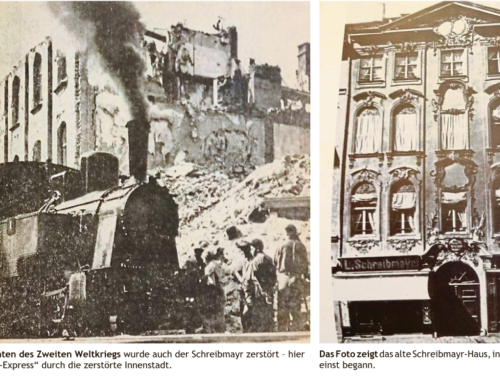What does an interdisciplinary and internationally connecting strategy ultimately look like? Beatrice Bischof provides answers in her contribution.
What is it? An attempt to reconcile and synchronize the current trends. This interdisciplinary approach in combination with the micro-multilateralism approach (Cathryn Clüver Ashbrook and Daniele Haarhuis) could be a new model of international cooperation. The focus is on the sectors of politics, economy, technology (science) and society. They will be integrated into foreign policy. Politics because foreign policy is always a part of domestic politics and that is getting bigger with the increasingly networked world. Economy, globalization requires it. Technology is the driver of development, the driver of the economy, science develops technology. And society has to be taken along, it has to understand, support and above all profit. Because the ultimate goal is wealthy, healthy citizens. The human being is at the center and it should be.
Who are the actors in this system? Sovereign states, independent regions, smart cities, city hubs, NGOs. They all interact in this international system. Components of their interactions are (international) politics, economy and finance, technology and also the societies, the people.
The predominant topics of interaction, cooperation, and coordination are sustainability and climate change, digitization, security, longevity, among other things, topics that especially require supranational coordination and cooperation.





